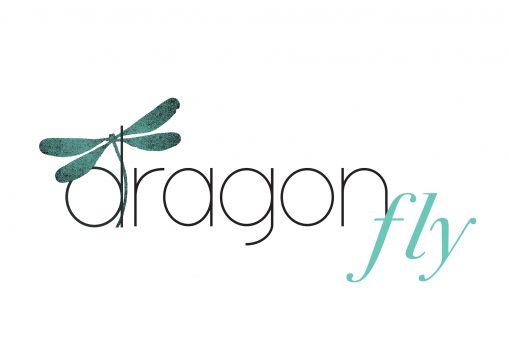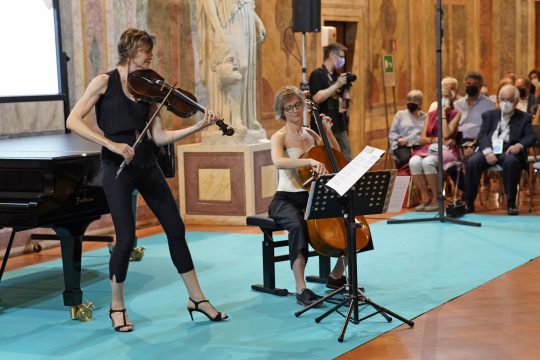LATEST NEWS

Danusha Waskiewicz DOZENTIN MASTERSTUDIENGANG an der Scuola di Musica di Fiesole
June 2025
Danusha Waskiewicz unterrichtet ab Oktober regelmässig an der Scuola di Musica di Fiesole. Sie bietet sowohl einen zweijährigen Masterstudiengang als auch eine Weiterbildung an. Die Unterrichte verteilen sich auf zweimal pro Monat. Alle Informationen dieser Studiengänge finden sie auf der folgenden Website https://www.scuolamusicafiesole.it/corsi-accademici-secondo-livello/viola-diploma-afam-secondo-livello-biennio/ und für weitere Fragen wenden sie sich bitte direkt an folgende Stefania Parigi s.parigi@scuolamusica.fiesole.fl.itRead more →
Avos Project Internationale Musikschule – Bratsche Meisterkurs für 2024/2025
February 2025
NÄCHSTE MASTERCLASS 31. MÄRZ UND 1 APRIL 2025. Seit Oktober 2020 collaboriert Danusha Waskiewicz mit dem "Avos Project", einer wunderbaren Internationalen Musikschule in Rom. Sowohl solistisch als auch kammermusikalisch eine einzigartige Realität in mitten von Rom.Read more →Entdecken: Dragonfly
April 2023
Dragonfly ist das neue Duo von Danusha Waskiewicz (Bratsche, Stimme) und Naomi Berrill (Cello; Stimme).Read more →
Entdecken: ardeTrio – Tango Concertante, Vol. 1
March 2021
"Tango Concertante, Vol. 1" ist das erste Studioalbum von ardeTrio, mit Danusha Waskiewicz (Bratsche), Omar Massa (Bandoneon) und Markus Däunert (Geige). Weitere Infos sind unter dem folgenden Link verfügbar.Read more →
Tutorial: Hoffmeister- Konzert für Viola
October 2020
In dieser Videolektion gibt Danusha Waskiewicz Tips & Tricks, um Hoffmeisters "Konzert für Viola" vorzubereiten. Das Tutorial finden Sie unter dem folgenden Link.Read more →
Entdecken: Schönberg: Violin Concerto – Verklärte Nacht – mit Isabelle Faust
February 2020
Hören Sie "Schönberg: Violin Concerto - Verklärte Nacht" mit Isabelle Faust (per Harmonia Mundi).Read more →
Entdecken: Songs for Viola and Piano – mit Andrea Rebaudengo
February 2017
Hören Sie "Songs for Viola and Piano". Das Album ist ein Produkt der langjährigen und erfolgreichen Kollaboration mit dem Pianisten Andrea Rebaudengo (per Decca).Read more →
Entdecken: Mozart Orchester
February 2017
Hören Sie die "Sinfonia Concertante" und die "Brandenburgischen Konzerte". Unter Abbados Leitung spielte Danusha Waskiewicz bei der Deutschen Grammophon und Euro Arts die Werke von W. A. Mozart und J. S. Bach ein.Read more →
NEXT CONCERTS
March 15
Solista
Music from Mozart, Eberl and Hoffmeister
Bern, Stadttheater Bern
Anton Hoffmeister Concert for Viola and Orchestra
Ensemble des Berner Symphonieorchesters “La Banda Storica”
Music of the classical period (430Hz) gut strings
Direttore Gianluca Capuano
Ensemble des Berner Symphonieorchesters “La Banda Storica”
Music of the classical period (430Hz) gut strings
Direttore Gianluca Capuano

